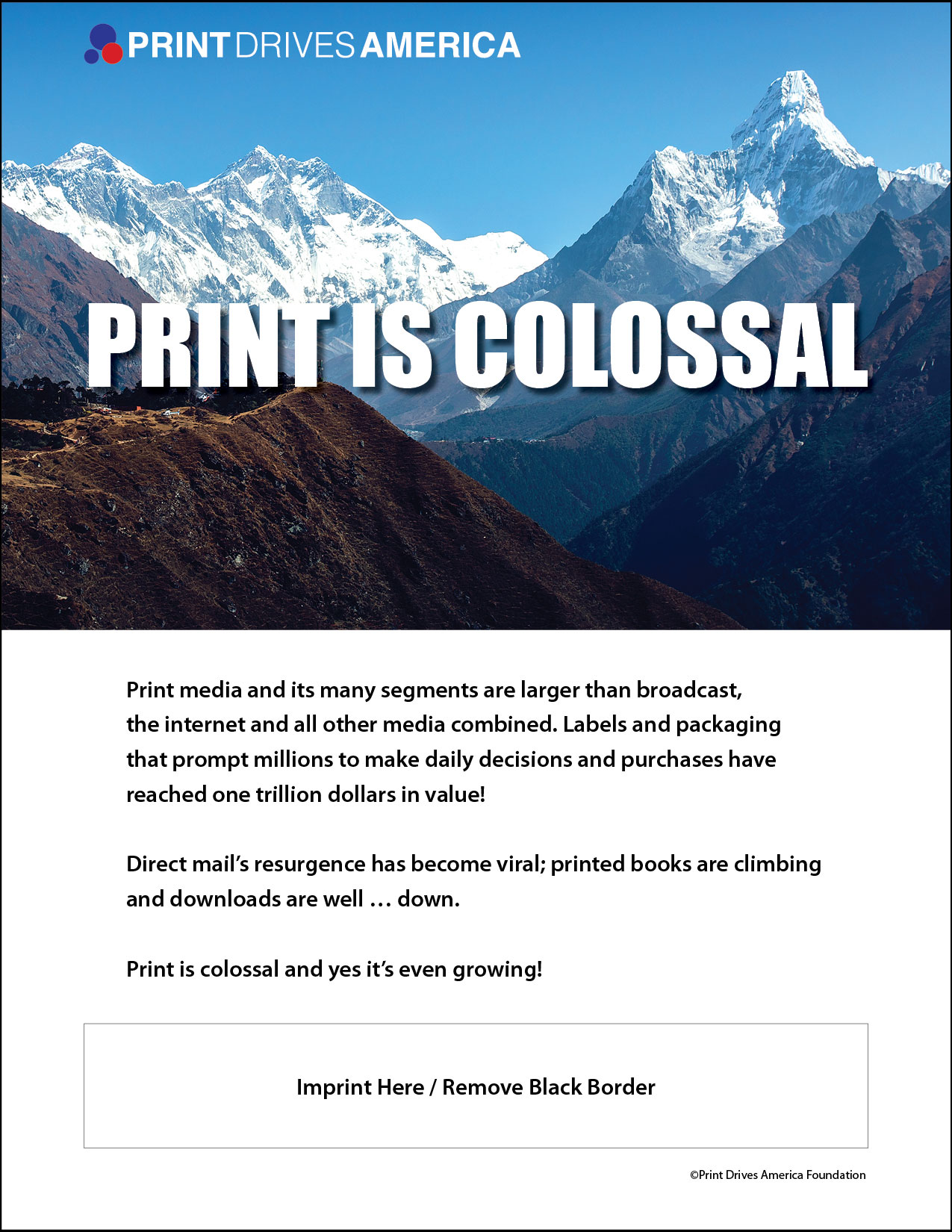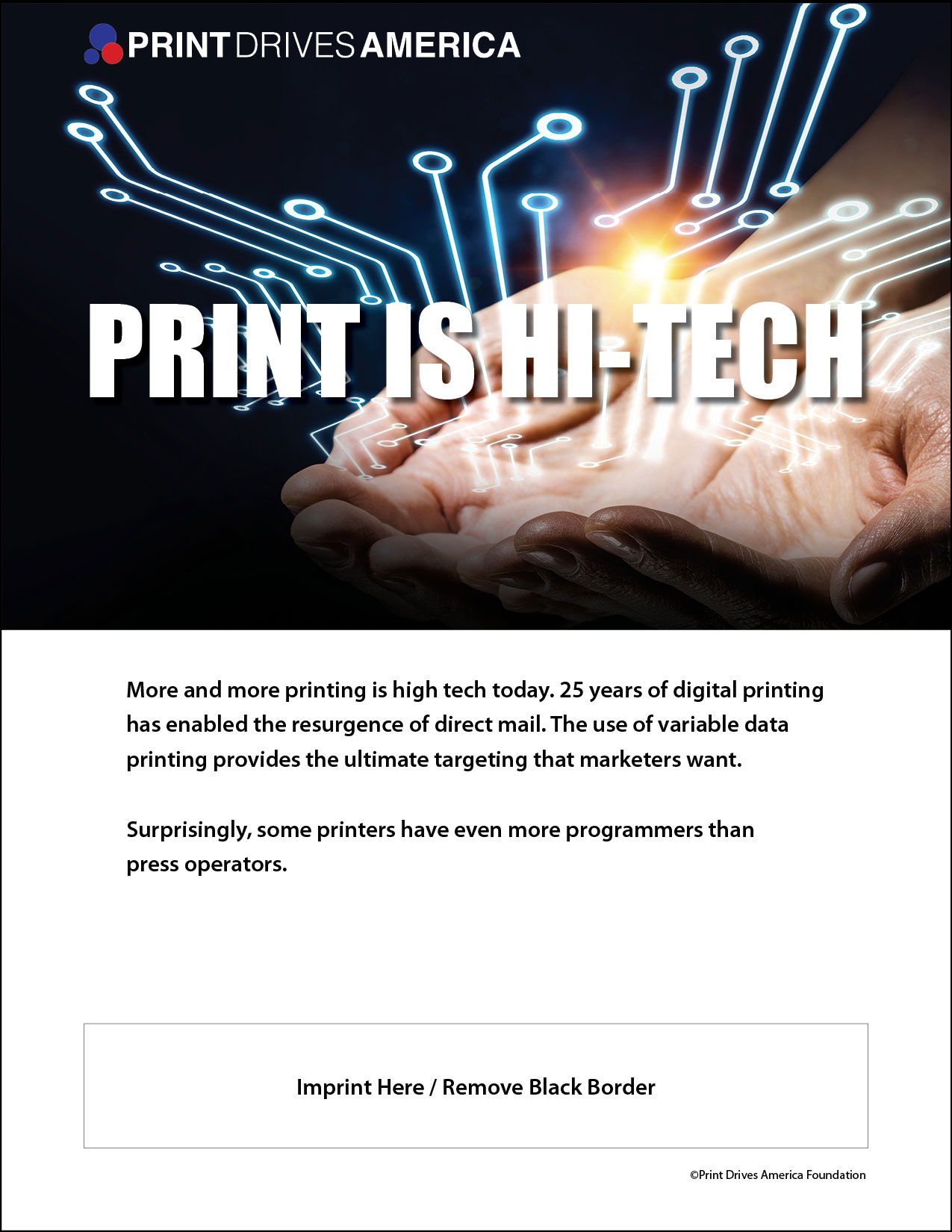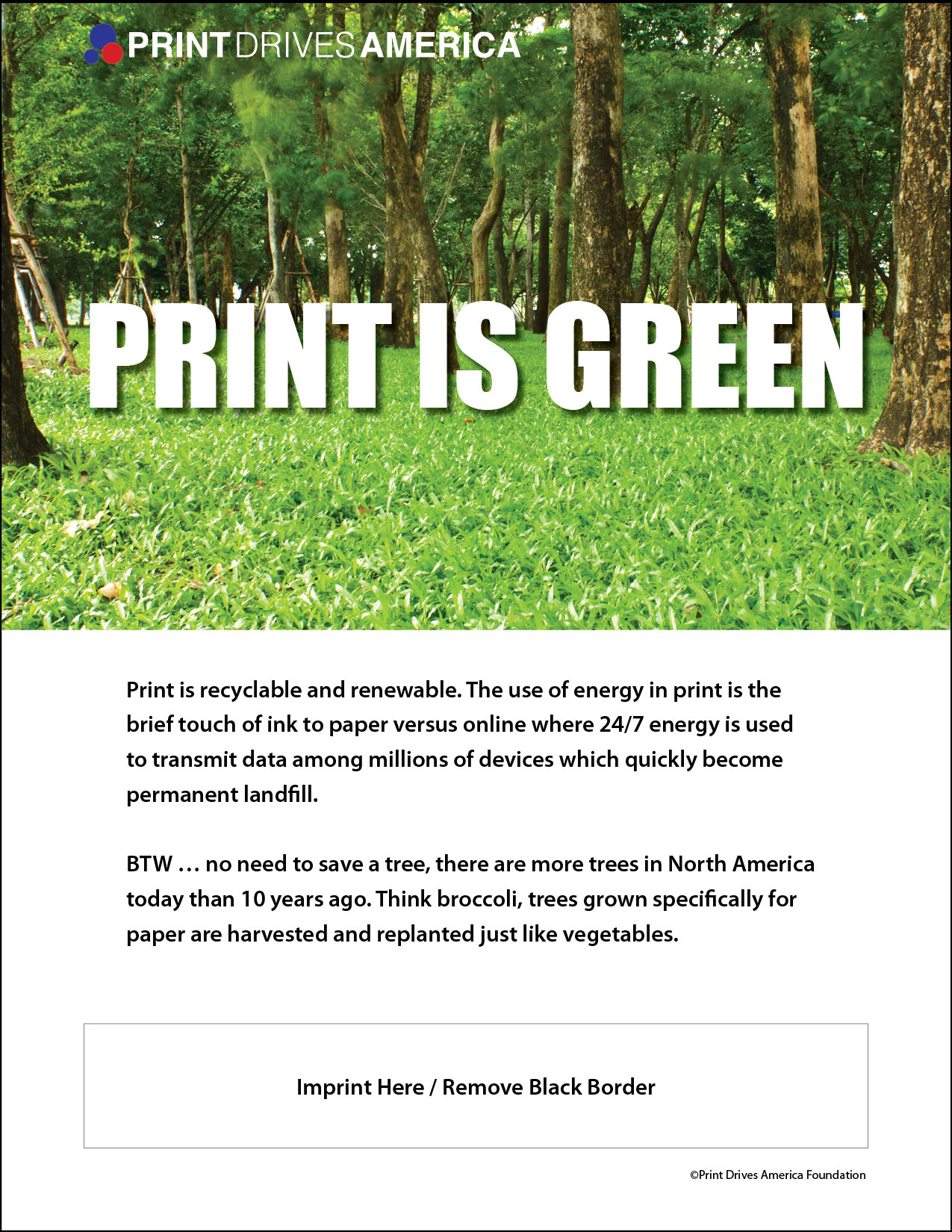The House of Representatives passed the Paycheck Protection Program Flexibility Act of 2020, H.R. 7010, last week with a nearly unanimous vote of 417-1, but the immediate Senate Republican response was discontent with the House bill and a decision that an alternative bill would be drafted in the Senate. In a surprising twist, the Senate passed the original House bill by voice vote. Even though the bill was only four pages, it will have a substantial impact on small businesses who were able to obtain a Paycheck Protection Program (“PPP”) loan under the CARES Act and a ripple effect throughout the US economy. The bill now advances to President Donald Trump, who is expected to sign it. Even though the bill does ease restrictions on the utilization of PPP funding for purposes of debt forgiveness, the tardiness of the bill leaves some small businesses who are already approaching week 7 of their covered period with a depleted bank account and little to no relief.
Covered Period for Debt Forgiveness
Original: Under the CARES Act, the covered period in which businesses could spend their PPP funding on eligible expenses and receive loan forgiveness commenced on the date the loan originated (the date the PPP funding was deposited by the businesses bank account) and ended 8 weeks afterward.
Modification: The covered period still begins with the date the loan originated but has been extended to 24 weeks or December 31, 2020, whichever date is earlier. There is an ability for PPP borrowers to elect for the covered period to remain at 8 weeks after the loan origination date if they received their PPP funding prior to the enactment of the bill.
Utilization of PPP Funding
Original: While the CARES Act was silent as to the amount of PPP funding that had to be utilized on payroll versus non-payroll costs, the Small Business Administration (“SBA”) issued guidance that at least 75% of the PPP funding needed to be utilized on payroll costs in order to receive debt forgiveness on the full principal balance. However, if less than 75% was utilized on payroll, the SBA guidance still allowed for some debt forgiveness. For example, assume PPP funding of $1,000,000 was received. If the business utilized $550,000 on payroll during the covered period and $350,000 on non-payroll expenses, the original SBA guidance would still allow for debt forgiveness of $733,333 ($550,000/75%).
Modification: Under the new bill, in order to receive loan forgiveness at least 60% of the PPP proceeds must be used for payroll and 40% can be utilized for non-payroll expenses, such as covered rent, utilities, and mortgage interest. However, the new modification will not allow any debt forgiveness if at least 60% is not utilized on the payroll. In the same example provided above, no debt forgiveness would be allowed because less than $600,000 was utilized on payroll (1,000,000 x 60%).
Timing to Restore Full-Time Equivalent Employees or Reduction in Salary
Original: The amount of debt forgiveness is decreased if during the covered period there was a decrease in full-time equivalent (FTE) employees or if certain employees’ salaries were decreased by greater than 25% when compared to testing dates in 2019 or early 2020. However, if either the FTE or reduction in salary was restored to what was in existence as of February 15, 2020, but no later than June 30, 2020, then the reduction in debt forgiveness was ignored.
Modification: While the calculation for reducing debt forgiveness remains, the tracking of FTE’s and salary reductions expands to 24 weeks past the loan origination date or December 31, 2020, whichever is earlier (assuming the election to continue the 8-week covered period was not elected). In addition, the reduction in debt forgiveness can be ignored if no later than December 31, 2020, the FTE or salary reductions are restored to the levels on February 15, 2020.
In addition, the passed bill indicates that the number of FTE’s can be determined without a reduction if the business:
· Is unable to rehire an individual who was an employee of the eligible recipient on or before February 15, 2020 and is able to demonstrate an inability to hire similarly qualified employees on or before December 31, 2020, OR
· Is able to demonstrate an inability to return to the same level of business activity as such business was operating prior to February 15, 2020—due to compliance with requirements established or guidance issued by the Secretary of Health and Human Services, the Director of the Centers for Disease Control and Prevention, or the Occupational Safety and Health Administration during the period beginning on March 1, 2020, and ending December 31, 2020—related to the maintenance of standards for sanitation, social distancing, or any other worker or customer safety requirement related to COVID–19.
Extension of Deferral Period and Loan Repayment
The original deferral period of principal, interest and fees was set to be 6 months by the SBA. The bill adjusted the deferral of principal, interest, and fees, until the date on which the amount of forgiveness determined is remitted to the lender. If a PPP borrower fails to apply for forgiveness within 10 months after the last day of their covered period, the borrower must start making principal, interest, and fee payments at that time.
The principal loan maturity was originally set by the Small Business Administration to be two years. Through the new bill the minimum maturity is extended to five years. The interest rate remains at 1%.
Additional Modification to Deferral of Payroll Taxes
Original: The ability to defer employment taxes for payroll ended on the date the bank notified the PPP borrower of their forgiveness amount.
Modification: A PPP borrower can defer their employment taxes through December 31, 2020, regardless of when they receive notification of their PPP debt forgiveness amount.
While the expansion of the covered period and the extension of the deferral and maturity period is well-received, the benefit to small businesses may be mixed. The biggest winner appears to be the service industry, including retailers and restaurants, who had no personnel to pay due to the fact they were unable to open their businesses because of governmental restrictions and as a result were unable to take advantage of debt forgiveness. However, there are a significant number of businesses, who obtained their PPP loans in mid-April which have spent the vast majority of their PPP funding to ensure debt forgiveness as their original covered period ends in the next two weeks. Some of those businesses are now faced with small cash balances and serious decisions on how best to move forward. They most certainly would have spent their PPP funding differently had they been granted a longer covered period to pay eligible expenses earlier.
Print & Graphic Communications Association will keep you updated as developments occur. Please feel free to contact me or any staff member with any questions.
Thanks,
Timothy Freeman, President
Print & Graphic Communications Association
tim@printcommunications.org
636 North French Road
Amherst New York 14228
Cell: (716) 983-3826
Phone: (716) 691-3211
Toll Free: (800) 777-4742




